Either the middle school students who are preparing for the junior high school and the college entrance examination, or the college students who are in the fourth or sixth grade, or the prospective international students who are preparing for IELTS, English is always a subject that cannot escape. For English learning, the accumulation of vocabulary is especially important.
A few days ago, readers left a message in our background, asking if the dictionary pen is good or not, and the value is not worth buying.
Today, we got the Netease Dictionary 1 that we just released to test it. By the way, in terms of AppSo, the dictionary pen is not easy to use.

Netease has a dictionary pen 2.0, mobile translation app and paper dictionary competition
There are many tools for translating and searching for words. They can be traditional paper dictionaries, electronic dictionaries, or mobile phones. So in the end, spending money to buy a dictionary pen value is not worth it? In fact, the value is not a very subjective question, different people have different standards. Therefore, we can only tell you, spend money to buy a dictionary pen, compare the various ways of not using money, in the end is good.
To thoroughly explain where the dictionary pen is, we can split the search for words and translation into different needs, and then talk about the pros and cons of different methods.
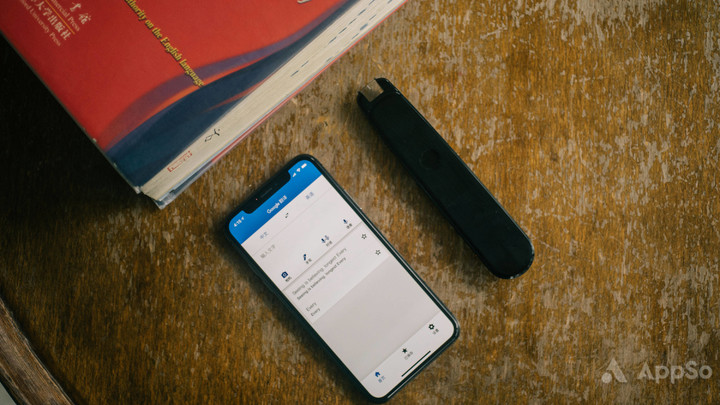
Translation speed
Efficient learning In other words, it is to spend time on the cutting edge. So the speed of checking words is of course as fast as possible.
For traditional paper dictionaries, you need to search them one by one in alphabetical order. The mobile app and the dictionary pen only need one shot or a sweep, which is obviously more convenient and quick.
Of course, the mouth said nothing. We still did a test, using these three methods to find the same word, more intuitively reflect the gap between the two.



From our own test results, it takes 33 seconds to use a paper dictionary, 15 seconds for a mobile app, and 4 seconds for a dictionary pen.
Conclusion: So in terms of speed, the dictionary is ranked first and the paper dictionary is ranked last.
Score: 1 point for paper dictionary, 3 points for mobile app, 5 points for dictionary pen.
Search word experience
How much experience is searched with a paper dictionary, I believe that the above pictures can be reflected, so I don’t have to say more.
So what about using a mobile app? There is no doubt that the experience of searching on a mobile phone is obviously much more convenient than using a paper dictionary. But actually, if you are manually typingIf you do, then you have to play word by word. And if you are recognizing by taking pictures, you also need to focus, crop, etc. to get the translation.
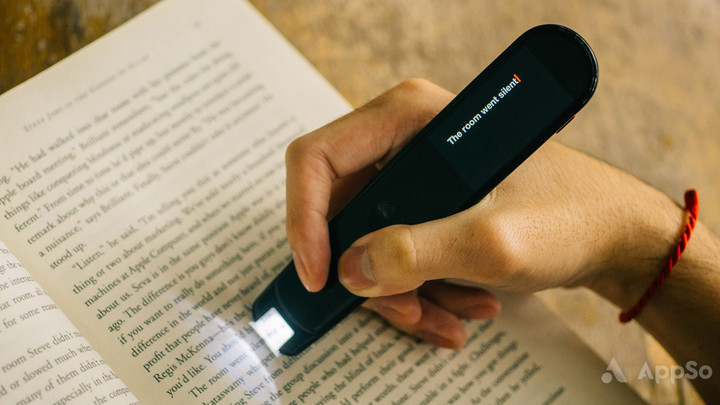
As for the use of the dictionary pen word, it is really simple and rude, and it is in line with the use of intuition. When the user needs to check the word, as long as the dictionary pen is in the power-on state, the pen tip can be swept with the word, and even one button does not need to be pressed. It is like a correction tape and a highlighter used in the student era.
In addition, since the dictionary pen is actually using OCR for recognition, it is required in terms of use. However, the NetEase-style dictionary pen 2.0 is used as an example. It supports recognition from the horizontal plane at an angle of 60 to 90 degrees.
Don’t underestimate the 30 degree moving range. In fact, it is not easy to do this through OCR recognition. In addition to the need for hardware support, the algorithm must also be continuously optimized to ensure the accuracy of recognition. This range of angles has actually covered the habits of most people using pens, which also greatly reduces the user’s learning costs.
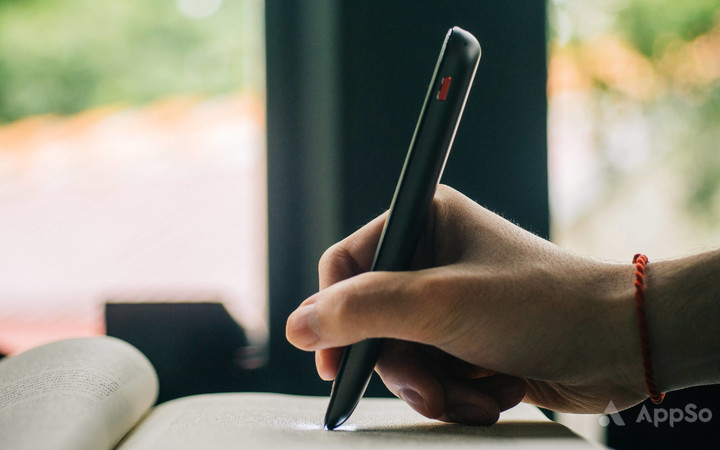
Summary: The paper dictionary is the most backward, the mobile app is relatively convenient, and the dictionary pen is the simplest.
Score: 1 point for paper dictionary, 3 points for mobile app, 5 points for dictionary pen
Identification accuracy
For the part of recognition accuracy, the paper dictionary seems to have nothing to say. Because it can only be checked word by word, there is no error.
But it’s not the same for mobile app and dictionary pen, because both support full-page translation, so you can explore it in terms of recognition accuracy.
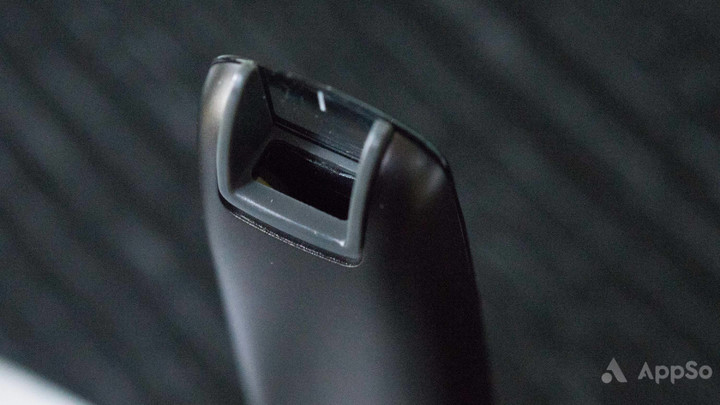
First of all, for mobile app, if it is manually entered, there is basically no problem. If you use image recognition, the accuracy of plain text recognition is quite high, but if you encounter some articles with illustrations, you can’t remove them by cropping, and you may get a recognition error.
So for the dictionary pen, because it is scanned manually. So you can avoid all the illustrations in the text. In addition, since the pen head itself has a fill light, the text can be accurately recognized even in a dark environment.
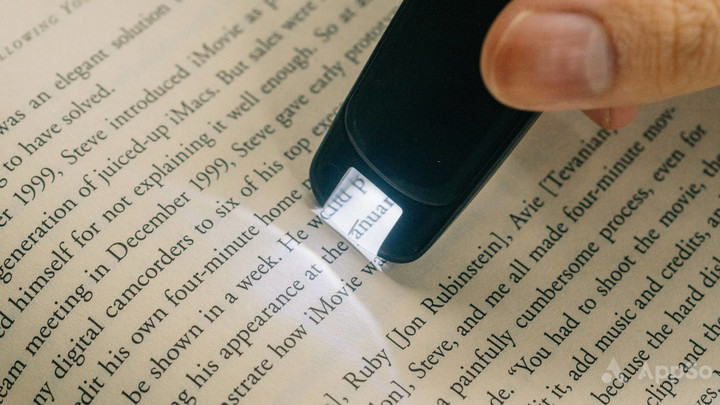
But we also found a problem with the translation of the entire sentence of the dictionary pen, that is, it cannot be translated across lines. Once the first line has been lifted, even if the entire sentence has not been swept, the dictionary pen will be translated directly by default and cannot be connected to the second half of the next line.
However, according to an official statement, the OTA upgrade will be used to solve this problem in the future.
However, one thing that still does a good job is that in addition to paper, it can accurately recognize text for cloth, bottle and other materials. This is very practical for some students who are often asked by their elders to ask about their imported health products and how to eat them.

In addition, we also tested different font sizes and different fonts, and the results showed that the fonts and font sizes that appear in books, magazines, and books can be accurately identified, even for some special handwritings. There is no pressure on the translation pen.

Summary: In this part of the mobile app and dictionary pen have their own advantages and disadvantages, but the overall experience is very good.
Score: 1 point for paper dictionary, 4 points for mobile app, 4 points for dictionary pen.
Translation accuracy
For a single vocabulary, whether it is a paper dictionary, a mobile app or a dictionary pen, it can show definition and part of speech. However, since the screen area of the dictionary pen is relatively small, the example sentence is not displayed. In addition, in terms of pronunciation, both the mobile app and the dictionary pen can provide American and English real human voices for the user to learn. As for the paper dictionary, the phonetic symbols can only be used.
For the whole sentence translation, in fact, the translation ability is more studied. The dictionary pen uses the own neural network translation technology when translating the entire sentence. Simply put, it is more natural when translating the whole sentence, and the semantic word order will be more accurate.
Of course, we also found some English proverbs to test, such as:
Nothing is impossible to a willing heart.
Lost years are worse than lost dollars.
Seeing is believing.
The vast majority of the results translated by mobile app and dictionary pen can be close to the idioms of Chinese, and even the phrase “Seeing is believing.” can also produce the result of “seeing is believing”.
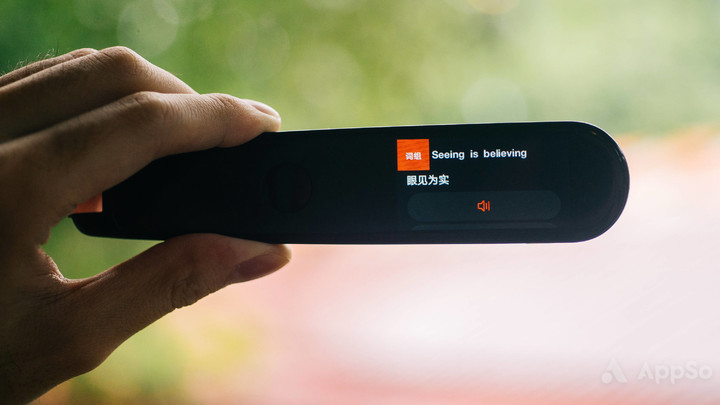
Summary: In this part, the best performance should be the mobile app, while the dictionary pen is slightly inferior because of the lack of example sentences, but the translation of the whole sentence is basically the same, if there is no other neural network translation technology As an auxiliary app, the dictionary pen will be better at translating long sentences.
Score: 2 points for paper dictionary, 5 points for mobile app, 4 points for dictionary pen.
New Word Collection, Export
Why would you like to collect this feature separately as a rating dimension? Because for learning, especially language learning. After you have found out what a new word means, you may only have mastered it.20%. The remaining 80% requires you to review, consolidate, and apply. So whether the collection function is well done or not is a very important indicator for measuring a learning hardware or software.
For the collection of new words, it is obviously relying on manual excerpts to the vocabulary.
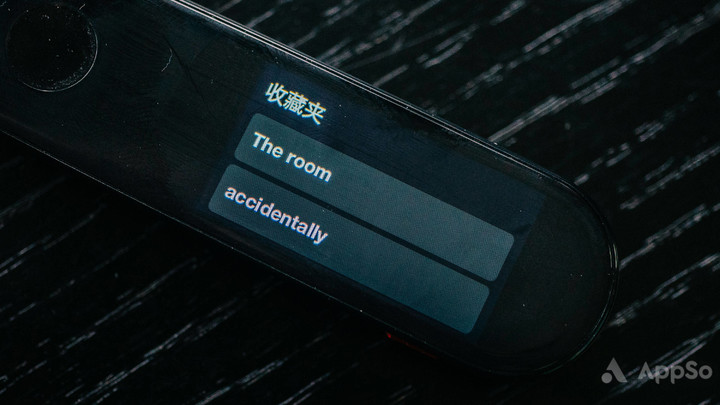
But now the mobile app and dictionary pen are quite convenient. When you check out a new word, you feel that you need to collect it, whether it is an app or a dictionary pen. It’s also easier to export your favorite records when you want to review them, which is obviously more efficient than before.
Summary: The new technology is obviously more efficient than the old one, and it is no different for the mobile app and the dictionary pen.
Score: 1 point for paper dictionary, 5 points for mobile app, 5 points for dictionary pen.
The above is the result of testing the different methods by splitting the translation into five requirements as different dimensions. We also made the scores of each link into a radar chart to more intuitively see the pros and cons of different methods. And from the results we can see, mobile app and dictionaryCompared with the traditional use of the dictionary, the pen has obvious advantages in all aspects.
 but for mobile phones For app and dictionary pens, the gap between the links is not too big, at most, it will lead a little more in scanning speed and scanning experience. However, I actually recommend users who have learning needs, especially the student group, to buy a dictionary pen.
but for mobile phones For app and dictionary pens, the gap between the links is not too big, at most, it will lead a little more in scanning speed and scanning experience. However, I actually recommend users who have learning needs, especially the student group, to buy a dictionary pen.
Why?
Because the dictionary pen can provide something that is hard to learn but important to learning: focus.

Providing “focus” is the biggest value for education hardware
I have just graduated for a year, and I still have a deep memory of my studies at the university. In this year, I have also seen many hardware and software products that focus on the education market. Most of the impressions given to me are: running away.
There are a lot of products in order to improve the so-called “cost-effective” and improve product differentiation, often add a lot of learning and non-related features in the product.
This is actually not the end of the game?

I think that the biggest value for money for an educational product is actually to help students stay focused on learning and improve the efficiency of learning. It is enough to be able to do both of these things well and to solve a certain need in student learning. This is especially important for students with weak self-control ability in K12 (pre-school to high school education).
And in my hand, this NetEase has a dictionary pen 2.0 is a few of the hardware I think I can really realize this.
First of all, it doesn’t have too many functions, it is just for translation. Secondly, offline translation is supported, which means that you don’t even need a network. In the end, it is light in size and similar in size to a highlighter pen. It is placed in a pencil case and can be taken out when needed. It is quite convenient.

And are these not exactly what a student really needs?
So go back to the first two questions: Is it good to use? Value is not worth buying?
It’s easy to use and worth buying. After all, holding a mobile phone, can you control yourself not to brush a microblog and brush a circle of friends?